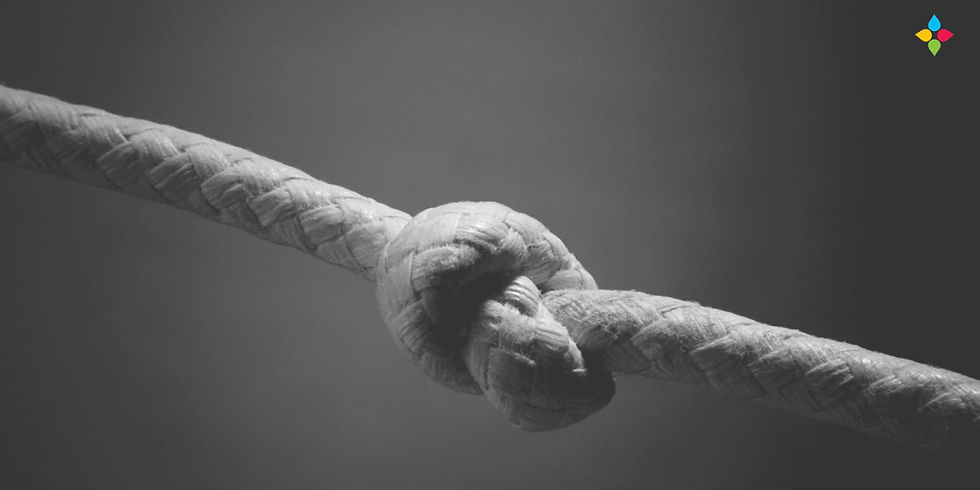Making The Case For Resilience As A Proactive Trait
- Subha
- Jul 26, 2019
- 3 min read
Updated: Aug 20, 2020

When we hear the word ‘resilience,’ we often think of it as a response to something else. Resilience is a trait that is often characterized as ‘despite’ rather than as something that can be exhibited under all circumstances. Yes, elasticity only comes to the picture when one is stretched, but how do different people in similar situations exhibit different responses to the same level of stress?
Let’s take an example- in a traditional school system, we have kids who are group influencers, those who are bullies, and those who are the rebels and the ones who put up with things. In a similar setup, the experiences that each child has is very different. For someone who would prefer not to disturb the natural order of things, completing their homework on time is a priority since not doing so would cause conflict. For someone with achievement as a driver, doing the same task is a priority because it feeds their need for recognition. Both kids finish their homework but for very different reasons.
And so it goes with resilience.
One classic case of utter and complete resilience in the face of not-so-ideal conditions comes from Trevor Noah, or rather his mother. Today, the famous comedian and political commentator is known the world around for being a powerful voice against racial stereotyping. However, about forty years ago and at the peak of apartheid, his mother chose to go against the norm and do what made her happy- have a child with a man who she believed in. That this man in question was white and that such a child could be treated as a criminal was not on her radar at that point in time.
In many ways, Patricia Noah is a living example of what is possible when we make resilience a trait that begins within. For one, the rules of apartheid didn’t mean much to her, as did the risk of bringing up a mixed child in an overtly racial system. One day, she managed to jump out of a moving vehicle, kids in tow, because they were racially threatened. She made her choices between the devil and the deep blue sea, and she made them well.
What can we learn from her story of resilience? It is a trait that is built as much in the silence as it is in the storm. Resilience is not simply an attribute that manifests in tough times- it is honed in small and simple ways all through life.
Another clear example of resilience comes from the youngest members of our population. We often have the perception that childhood is a time of freedom and careless joy. However, psychology has proved otherwise- it is a time of learning and absorption and preparing for life ahead. Lessons learnt in childhood shape us for life, so how can it be anything but a tumultuous time?
This is the recurring theme of both Peanuts and Calvin and Hobbes. Several books meant for children also explore these themes of loss, love, and bereavement. Most importantly, they talk about moving on. The Harry Potter series is a classic example- for many, it is a book that explored darker themes as its audience continued to grow. However, death and destruction are not themes we can protect over kids from, and some of these creators understood that resilience is built in the stretch, in small and simple ways.
How do we build resilience?
Luckily for us, we know now that attributes like this one don’t always need the challenge to develop. For one, the stimuli we expose our minds to can play a crucial role, such as the books we read and the shows we watch. Likewise, it is also about recognizing the influence of the small stimuli. When we hear a coworker being reprimanded, what feelings does this spark in our mind? Do we spend the time to acknowledge this primal, childhood reaction, and hone it in a more balanced manner? After all, the uncertain forces of childhood do not affect us today, and there is no reason for us to offer childhood reactions!
Resilience, then, is a study of the inner self. It begins with a simple question, “What am I capable of?” The answers may very well begin to surprise you.



Comments